When it comes to sweets, who would ever say never to those fleeting spikes of pleasure! But ever wondered how guilty, bittersweet or elusive their past has been? From frosted pies to sweet buns to cakes to Pop tarts, they all are winners and each one of them has an intriguing story to tell. It’s time we heard them. Like an impossible love affair let’s try and make the future of cheat food truly free and fair!!
Imagine this. You drop by your neighborhood pâtisserie and decide to pick up one of those non-descript sweets that you have read so much about; but have not tried so far.
You decide on the right one and reach out to pick it up… and it screams!!
What the hell?!
That pud is talking, you are taken aback! No correct, screaming!!
Ok, so now you are getting a little panicky. What’s happening here? What’s going on with this dish?
Not for a moment would you believe that a future is in the making where the food is empowered to talk back and tell us everything about itself? Not yet! Not sure for now, but give or take another ten years down the line, your favorite food might mimic a ‘block chain’-a “difficult to follow chain without any trail”, thanks to digital identity technologies sailing high these days. Everything will have an end-to-end encrypted log and our everyday pud will be able to tell us the full story of its existence!
Think of a future when we make a pick of dessert, scan a QR code and see the story of its life, and everything that owns a part of its story. Could you believe that trust apart, the power will be all ours to vote with our wallet in this moment!
This is when our food will ask us to listen, wanting us to trust what it has to say! Sounds weird doesn’t it? But if and when this happens the stories we get told, might become the truth and the narrative a reality.
Truly free and fair: The ‘run clean’ truth
Ever wondered, why bakes especially cakes are synonymous with birthdays? Why stubs of wax standing deep down in the frosting of a sticky sweet chocolate cake, wink at you when lighted, to blow them and make a wish before eating the poor-me with a gusto? Funny but intense; the secret lives of goodies at your table leaves so much to explore! So, let’s begin by unearthing unheard of amazing life stories of 10 classic desserts that may have lost relevance over the time to more modern, processed favorites like Oreos and Pop tarts, yet remain as stunning and awesome as ever.
German Chocolate Cake
“No, it is not named after the country Germany. With key ingredients like sweet baking chocolate, coconut, and pecans , this out of box cake drew its name from an American- Sam German (1802-88)-who first came up with a mild dark baking chocolate bar for Baker’s Chocolate Company in 1852. The company chose to honor him by naming the chocolate after him– “Baker’s German’s Sweet Chocolate.” The possessive form slowly faded away over the years, leaving behind the name German Chocolate Cake that we know of today.
A stupendous hit ever since it came into being, this cake filled and topped with coconut pecan frosting, stayed unapologetically decadent and indulgent for the larger part of 20th century but today this not–so-German chocolate cake seems to have lost all charm and sweetness, and offers not much but texture to the cake. In fact, without the cream cheese frosting that tops it, it might actually taste quite bland to few. The texture is quite similar to coconut and renders the cake a German vibe. That apart, this cake’s appeal is nothing much to write home about!!
Revenge Cookie (Neiman Marcus cookie)
It’s unlikely that you haven’t heard that funny story about the woman lunching at the Neiman Marcus Café in Dallas, who loved the cookies so much that she asked for the recipe. For “only two-fifty” and the bargain was settled; but when the bill arrived, to her dismay she found out that she was being charged $250 for the recipe. The outraged woman and the story of enduring myth that followed, famed Neiman Marcus cookies as a delicious variation of chocolate chips confection.
The blended oatmeal in the dough is what gives these famous cookies the kind of tender, chewy, chocolaty texture and body that thrills every palate. Homemade and full of chocolate chips and nuts, this knockout bake is a guaranteed crowd-pleaser any time of day. Add some more chocolate from a grated Hershey bar and you could woo even the most unrepentant naysayers to taste it.
The cookie story in fact, serves beyond a typical chocolate chip confection recipe. And it’s not difficult to know why! The state of outrage of this woman had decided that no one was ever going to pay for this recipe again and it was shared in no less than a chain letter style. Fast forward! This bake story lately came to be reimagined and reinterpreted as ‘Revenge cookie tale’. Some even called it Urban Legend cookie!
So much for the story, but it left in its wake equally delicious and mouthwatering trail of Neiman Marcus cookies.
‘Gosh’! It did make a good story.
Jalebi
From ‘Zulbiya’ of ancient Persia to Bengal’s omnipresent ‘Jilapi’ the luscious swirls of this Indian dessert– Jalebi has travelled a full circle!
Try it on a frosty, finger numbing cold winter morning. A hurried walk to the nearest sweet shop, all trussed up in woollens, an impatient wait in the queue and finally you get to sink your teeth in a platter full of hot, swirled, deep fried sugary goodness, topped with that heavenly rabri (sweet, condensed-milk-based dish). Your soul sighs in contentment!
Already going gaga over this unrivalled dish! And why shouldn’t you? It has never failed to stir up an obsessed enthusiast in you. Eat it just plain after a humble breakfast or evening snack of Samosa and Chai combo, in milk or with curd, hot or cold, this syrupy yeasty batter is a delightful end to your meal; any time, every time.
But there is a dark side to this recipe too! This may shock you a bit, but Jalebi never originated in India. In fact, the one that has turned into a national craze and is a foodie-favorite elsewhere, is an evolved version of Middle Eastern ‘Zalabiya’ or the Persian ‘Zulbiya’ of the early 10th century. Finding mention in ‘Kitab al-Tabeekh’ a Persian cook book by Muhammad bin Hasan al-Baghdadi, the recipe also found space in another 10th century cookbook Kitab al-Ṭabīḫ, penned by Ibn Sayyaf al-Warraq- an Arab cook book compiler and author from Baghdad.
Popular in Iran even to this day, Zulbiya unlike Jalebi has an asymmetric floral coil pattern and mandates the syrup of honey and rose water instead of simple cardamom flavored sugar syrup.
Brought into the Indian subcontinent by the Persian traders and invaders alike throughout the medieval period, the shipped-in Zulbiya didn’t take long to weave itself into the traditional Indian cuisine like never ever. Today this syrup sweetness has invaded every menu. From road side eatery to country side fair to upscale restaurants this delightful cheat food leaves everyone ecstatic, indulgent and stoked with joy- always!
From heavy weight ‘Jaleba’ of night markets of Madhya Pradesh and ‘Chhanar Jilipi’ of Bengali kitchens to ‘Khoya Jalebi’ of Hyderabad to ‘Jahangiri’ of Andhra Pradesh; call what is what; the lip smacking flavors from a hot, sweet, dripping Jalebi will never let you have enough. Allow yourself to burn for a while and this could be one more oomph on your table!
Rasgulla
To those who argue if Bengal has contributed to this country anything other than Nobel laureate Rabindranath Tagore, spark to Indian nationalism and Well Spring Pharmaceutical Corporation (makers of Gelusil antacid), they must not forget that it is the Bengal that touched India with soft, pearly white balls of cheese, dipped in flavored sugar syrup that has endured a top pick frenzy ever since.
Just as much few claim foreign origin for Marx, some stand up for an extra Bengali source for the making of rasgulla. No beans spilled! But it stays; no reference to cheese is found in India till the end of 17th century. So how could the Bengal ever lay its hand on cheese?
After Vasco Da Gama ‘discovered’ India in 1498 via a route that the Arabs had in use for at least two millennia before him, it was not long after, that the Iberians had claimed the entire Indian coast stretching from Chittagong in Bengal to Bombay in Marathwada.
And it were the Portuguese that ended up introducing three different acid-curdled cheese to Bengal. One was obviously Chhana (milk split with citric acid). The other one was the more smoky ‘Bandel Cheese’; an all-time British favorite, and the last but not the least was more like a hardened ‘feta’ (a Greek brined curd white cheese made from sheep’s milk or from a mixture of sheep and goat’s milk) that could never take off or make big because of its tangy, salty and sharp flavors. Nowadays found only in Dhaka, it is fondly remembered as ‘Dhakai Paneer’.
Chhana subsequently spread to rest of India, where it was compressed into blocks and given the Persian name for cheese’ Paneer’; a name that even the Turkish had borrowed from elsewhere! The heavenly blend of milk solids and sugar that enraptures us today as ‘Rasgulla, owes its honeyed grace to an even more sugary soul from Bengal-Nobin Chandra Das. Few still argue over the brains behind the business and claim otherwise. Rude and shocking! But whatever the controversy; if he didn’t invent it in the first place, at least it was him who tweaked it, took it to the market and finally to your plate as an out of the box sweet.
To this day, this chhana ball boiled in sugar syrup that makes it spongier and gives it a longer shelf life, is unarguably one stellar pick of a dessert. Served cold makes it even more ravishing and overwhelming!
Baked Alaska
A cake that melts hearts and is a celebrations celebrity, baked Alaska usually ends up as a shared dessert in restaurant menus. This cake and ice cream dish enveloped in meringue and then brûléed on the outside, is an unlikely but wonderful outcome of the baking method that was conceived by an 18th century scientist Sir Benjamin Thompson whose way to prepare the “Omelette Norwegge,” the treat’s name at the time, was later embraced by Charles Ranhofer, a Parisian chef working at Delmonico’s in New York.
This often ‘Go-dutch’ special dessert is said to have been invented to celebrate the US acquisition of Alaska in 1867. Carved out of velvety cake and tantalizing ice cream, topped with meringue and set on fire after adding Kirsch or liqueur, the tale, taste and drama of this classic cake is beyond a delicate acclaim!
Mud Pie
Rich, indulgent and gooey, this pie is made with flourless chocolate cake filling topped with whipped cream in a buttery chocolate crust, and looks and feels like the muddy banks of Mississippi river. It is rumored that this delicate pie most likely originated in the U.S. State of Mississippi, hence the name. If anything said in ‘Our Fifty States’ is true, then the earliest confirmed mention of this legendary delicacy did come from Jenny Meyer, a waitress in Vicksburg, Mississippi. The melting frozen pie created by the Chef Percy Tolliver reminisced her of Mississippi mud that followed the great floods of 1927. Her remarks paved the way for christening this heavenly dish of Graham cracker crust, fudgey chocolate sauce, chocolate pudding, chocolate whipped cream and fluffy whipped cream; Baked Alaska! All in a sensational awesome blend of flavors, this recipe cares little or none for the waistlines. The gooey chocolate sauce sitting atop a crumbly chocolate crust and served with ice cream, ever screams indulgence and never has any mercy for potbellies!
With more than a dozen recipe variations, this pie nowadays comes with an Oreo cracker crust, a layer or three of chocolate pudding and a creamy topping of whipped cream, marshmallow fluff, or meringue. Honestly, I don’t think if it could get any better than this!
Doughnuts
“Who made the doughnut with the hole in the middle? Just how it got there will be always a riddle.” Guess why Cindy Hutchins – a celebrity singer of 20’s sounded so true to the convoluted past of the humble doughnut! The origin lay right there in the name, but was so easy to miss.
It is true that this meek recipe with a weird past, involved Dutch immigrants, Russian exiles, and French bakers and who else; celebs like Irving Berlin and Clark Gable!
Seemingly typical American in origin, doughnuts have been around so long that even the archaeologists have been prompted to rummage the history of Native American settlements. Fast forward to mid-19th century and you may come across Elizabeth Gregory, mother of New England ship’s captain Hanson Gregory, who dreamed of and created the first doughnut as a deep fried dough that used her son’s cargo of nutmeg and cinnamon and a bit of lemon rind. Some say she did this purposely so that her son and the crew could store the pastry for long voyages; one that would ward off scurvy and cold as well. She had put hazelnuts and walnuts in the center as an afterthought and in a literal-minded way called them doughnuts.
Few argue that it were the Dutch settlers who brought the ‘olykoeks’ or “oily cakes”—to New Amsterdam or New York City of today sometimes in the 1800s. But few also credited Hanson Gregory, the captain for jabbing a hole in the middle of the pastry that created the first ever real doughnut meeting the ‘mortal eyes’. Cynics think otherwise and maintain that he did this to stint on ingredients or maybe he thought that the hole made it lot easier to digest!
You would agree that less is always more, but doughnut didn’t come to fore until World War I, when it was first fed to the French trenches in million. War over, and back home the natural yen for doughnuts invaded the supermarkets and home kitchens alike. But it was not until 1920 that Adolph Levitt -a Russian refugee’s doughnut machine that signaled the arrival of doughnuts as a gainful trade. Till then it was merely a taste sensation and a public spectacle. And it’s not so difficult to know why!
For generations people had stood behind those glass windows transfixed to shiny conveyor belts and racks filled with fresh glazed doughnuts, often half swooning at the warmth and sweet vanilla richness of it all and learning in the process that the hole is made and not cut out. There right before their eyes, the dough, shaped like a perfect smoke ring, jumped off into a vat of boiling oil, got turned over to brown on the other side, and came out from the oil on a moving ramp, one by one like ducks in a row.
Wars worked like a powerful stimulant that pushed the doughnut consumption. From Doughnut Dollies (the Red Cross women volunteers)to Irving Berlin to Smithsonian’s; by late 1950s, everybody had romanticized the doughnuts into a frenzy. Nobody was minding eating his or her way through some anxious waiting moments! Consumption figures though drew the ire of nutritionists.
Generally deplored and not encouraged by the waist watchers, the 300 calorie batter, derided mainly for its sugar and fat contents, bemoans the unsaturated fats of the glazed delight. But neither the science nor the culinary geniuses scoff at it or cry-wolf to its utter addicts. The Krispy Kreme‘s hot “original glazed” doughnut safely adverted as “angelic” or even “sugar-coated air” remains a top pick cheat food to stay stoked and ecstatic to this day!
Lady Baltimore cake
A specialty and a favorite wedding cake, this mountainous white cake topped with a “Seven Minute Frosting “is what makes it so distinctive. The combination of chopped nuts and dried or candied fruits in its frosting make this cake very unique and render it complex flavors.

Culinarians and critics are unable to find any recorded mention or recipe for the Lady Baltimore Cake except that it was in 1906 that it first appeared in newspaper articles. So, who actually invented or first made this cake is a matter of dispute. Some say that Owen Wister (1860-1938), a popular romance novelist had modeled the central character Lady Baltimore-after one of the city’s former belles, Alicia Rhett Mayberry in his story line. In the novel, Lady Baltimore created a cake also called “Lady Baltimore.” It is rumored that Wister’s description of the cake sent readers of his novel scrambling to find a recipe that was yet to be created.
Few chroniclers claim that it were the Florence and Nina Ottelengui, the longtime managers of Charleston’s Lady Baltimore Tea Room for a quarter of a century, who had created a cake toward the end of the 19th century which was somewhat akin to common “Queen Cake” of that period.
And if Janet Clarkson of ‘The Old Foodie’ blog is to be believed, the first recipe surfaced in December 24th 1906 edition of the Daily Gazette and Bulletin newspaper of Williamsport, Pennsylvania. This classic delight created with white cake layers and a fruity and toasted nut filling of figs, raisins, pecans or walnuts and crowned with boiled marshmallow icing turns out as a much lauded southern belle cake of the early 20th century. Of course, the Lady Baltimore cake apparently had nothing to do with the city of Baltimore or a lady for that matter. From most accounts, its origin is a teaser.
Delicate and light in texture, this pillowy white cake enhanced by the syrupy sweetness of dates and raisins, is an anytime ethereal finish to your meal!
Lemon chiffon cake
Light and airy-thanks to the many beaten egg whites that are folded into the batter-the chiffon cake was invented by a Californian insurance agent turned caterer Harry Baker. Lighter than a buttery pound cake and moister than a sponge cake, the cake was an absolute hit overnight, but the recipe could gain some acceptance some 20 years later, only after it was sold to General Mills. A closely guarded recipe, the cake in the meantime kept on doing rounds in the Hollywood feasts and probably for Brown Derby in L.A.
Fast forward to 1947! once the beans got spilled, Betty Crocker shared it as a signature dessert in a pamphlet in 1948 along with 14 recipes and variations to it. Rest is just history!
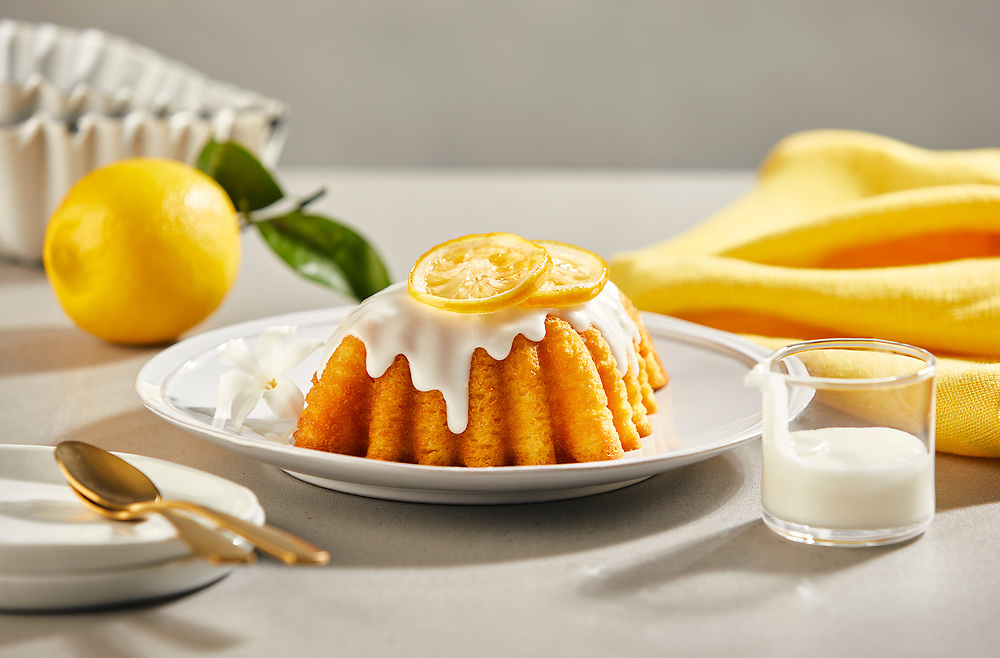
Lower in saturated fat than most butter cakes, the light texture of the lemon chiffon cake comes primarily from beaten egg whites, which are folded into the batter and give it a high rise similar to that of an angel food cake. Tall with an airy, even crumb that promises every bite to be light and fluffy, this cake may not have multiple layers or snowy frosting, but never falls short as a crowd –pleaser either! Blissfully overwhelming and always a top pick, the cake is an inescapable addition to your repertoire for cake-bakes!
Chess pie
The name sounds a bit weird! But this pie certainly has nothing to do with the game of chess. Unlike the heady game, this pie is a simple but magical blend of butter, lots of sugar, milk, cornmeal, eggs and a dash of vinegar.
Little is known about its origin but most believe that the recipe descended from early English settlers in the Virginia colony. A recipe similar to it is found in the cook book by Martha Washington from mid-18th century. Few however disagree and claim that this could be a deviation of ‘cheese pie’ that is similar in texture to British cheesecake and lemon curd. Yet another belief is that it was named after the town of Chester, England or perhaps it drew its label after the ‘pie chest’– a piece of furniture prior to advent of freezers in which the pies could be stored.
Plenty of guesses and a bit of folklore, but the origin of the name chess pie to this day is uncertain. The close one is, that since it resembled much to the English lemon curd pie, ‘chess ‘might have been a more ‘Americanized’ inflection of the word “cheese,” which basically meant curd pie.
A cheese-less cheesecake with variations ranging from lemon to chocolate to buttermilk and nuts to Coconut and orange; this exalted recipe has time travelled from the period when pecans and other nuts were hard to come by and a sugar pie merely meant combining eggs, sugar, flour or cornmeal and butter. With unrivalled storage qualities, this pie was one dessert that was crazily endeared even by the queens and bishops and knights alike.
To this day, this pantry staple classic made out of basic pantry ingredients is an up-the-sleeve surprise serve to friends and family alike!
Perhaps this all is a bit crazy or a little dreamy, but if sweet buns and cakes and those frosted pies could talk — tell us their real story — well, let’s just say, who wouldn’t want to listen? They may not be screaming yet but their story is screaming out to be told. So when they do talk someday, let’s listen…
Or at least, may be marvel at their awesome tale for now!
Even as more, stranger-than -fiction sobfest stories await to be heard!!




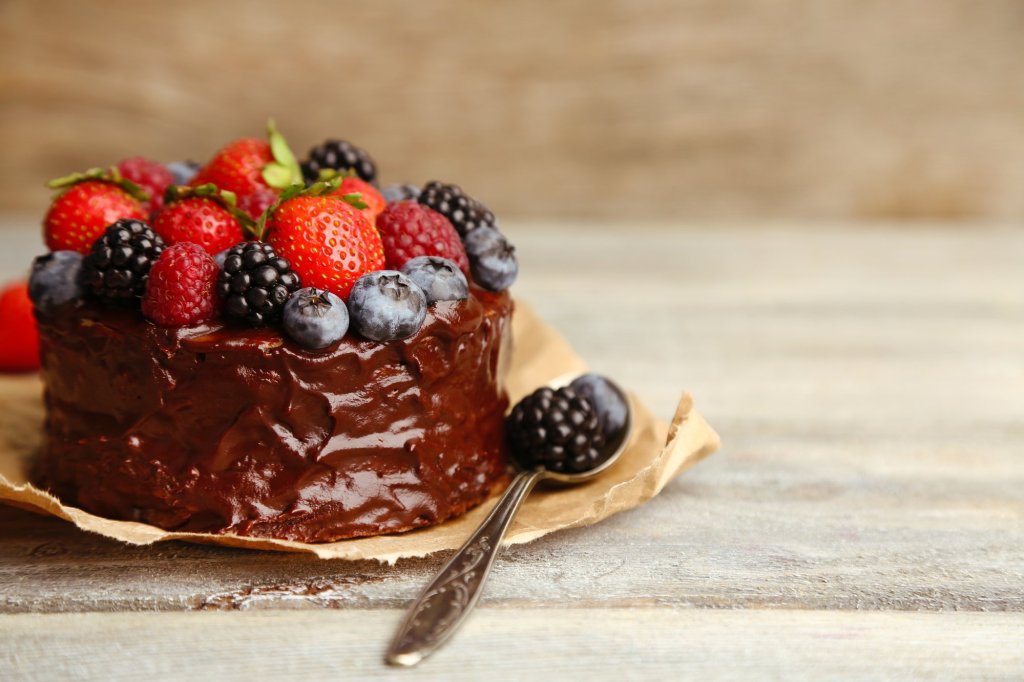






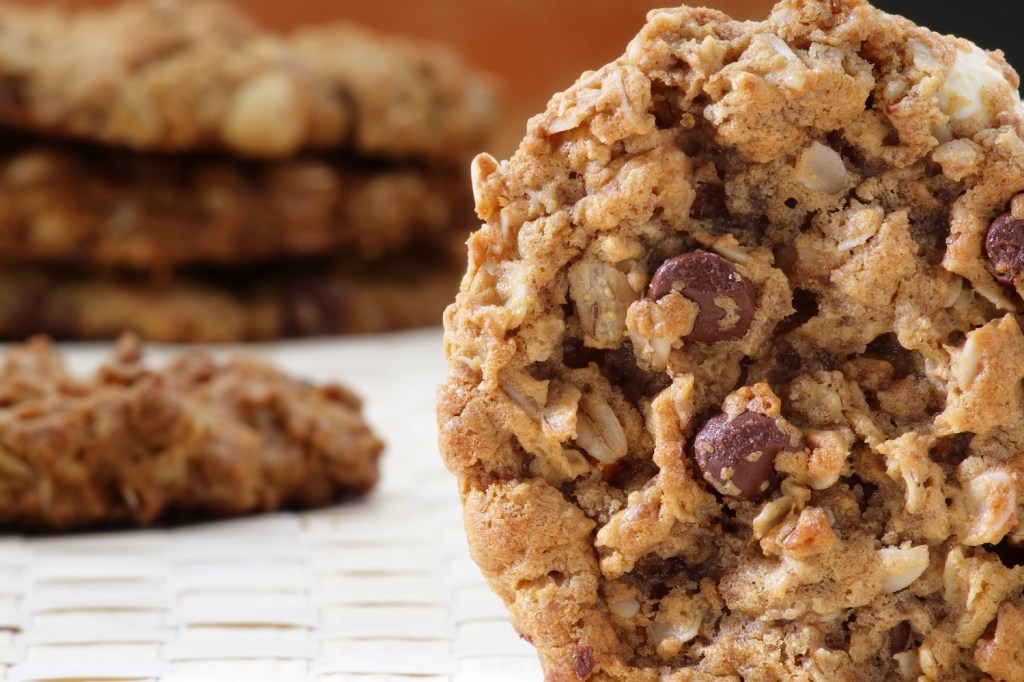

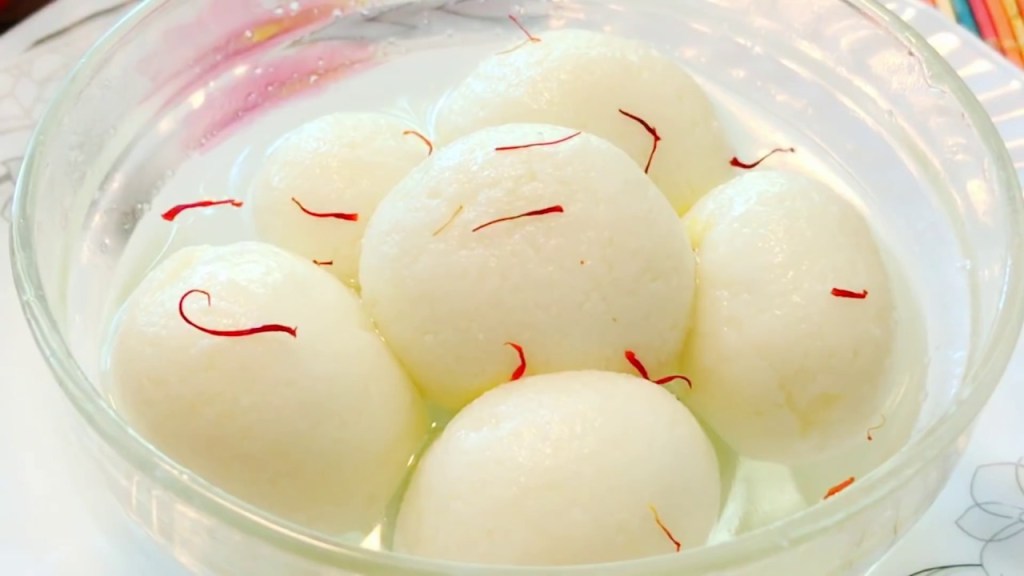

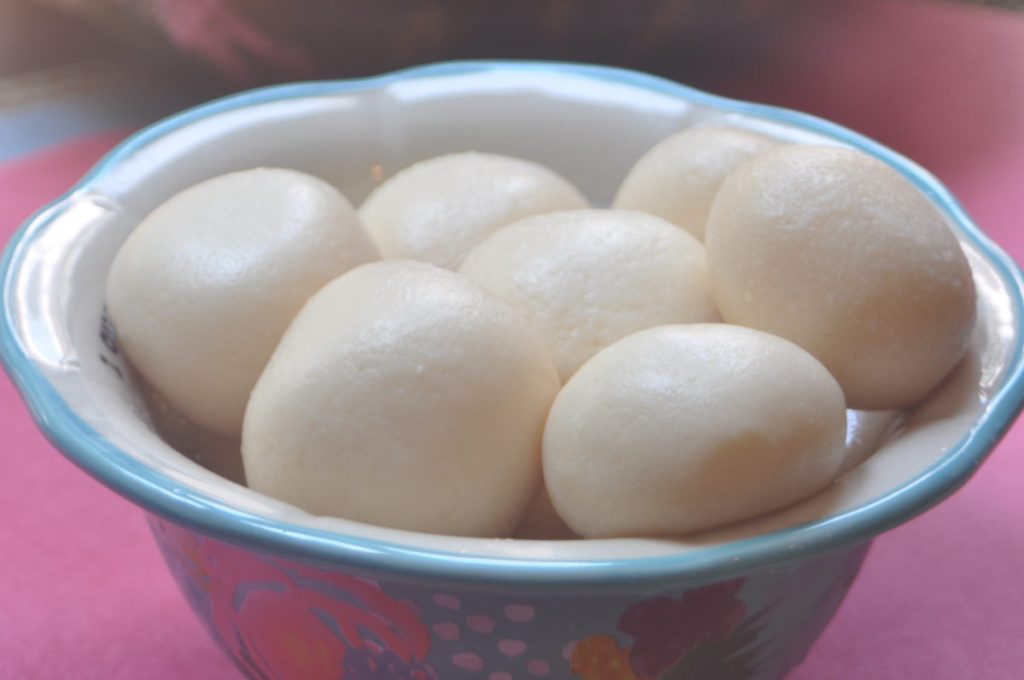

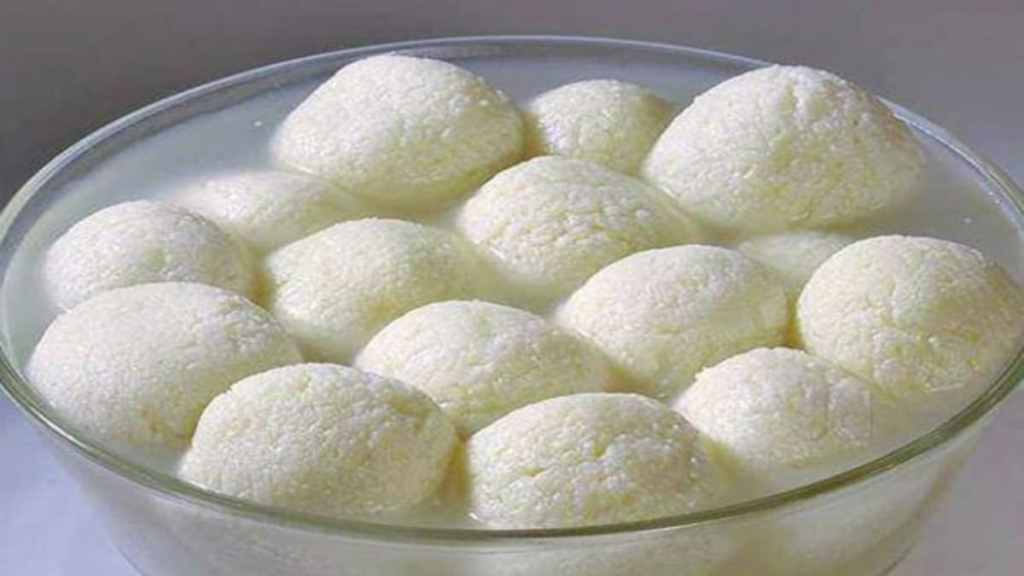
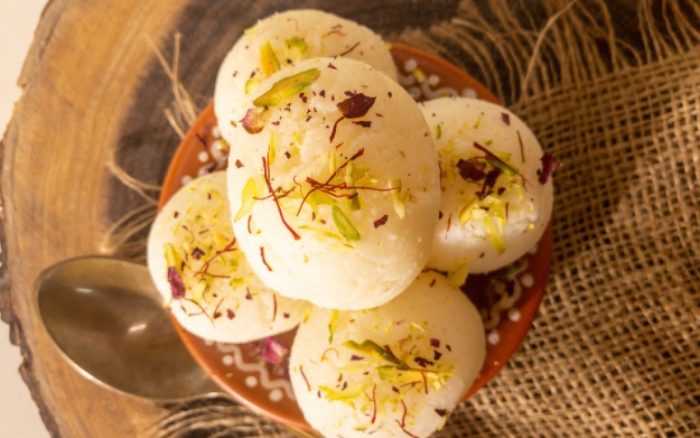



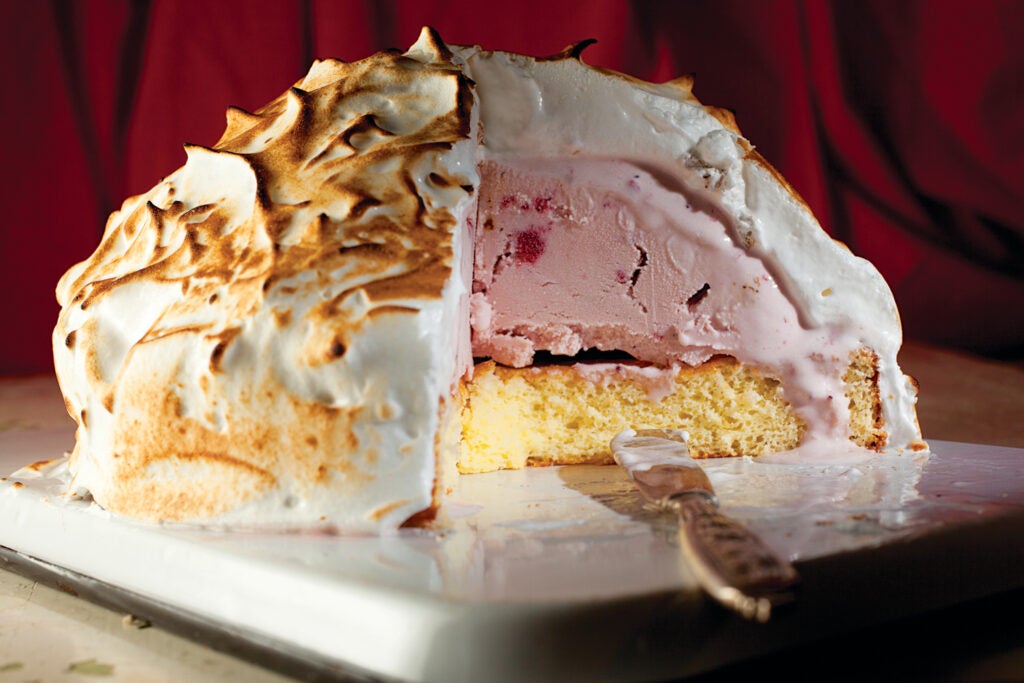






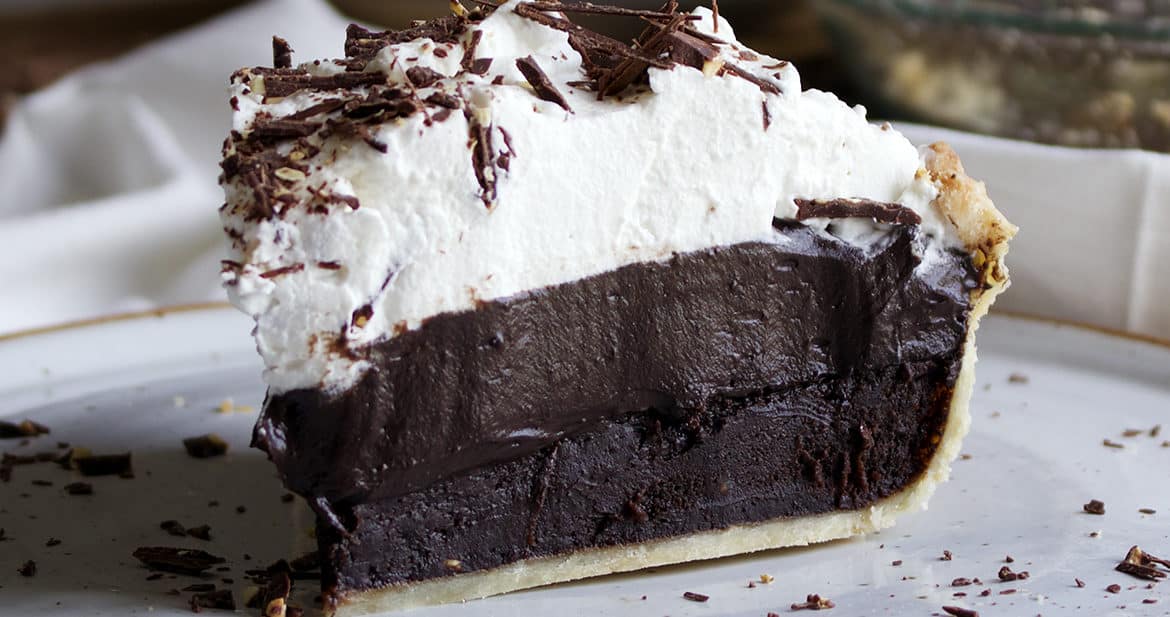

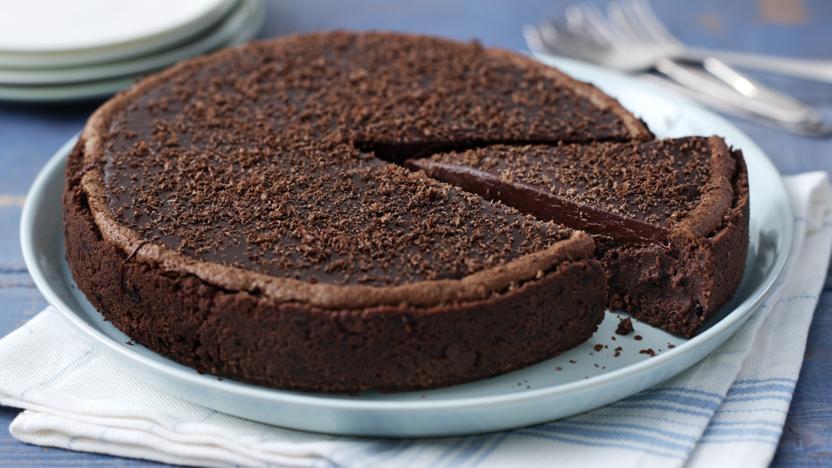











I will right away grab your rss feed as I can’t find your e-mail subscription link or e-newsletter service. Do you’ve any? Kindly let me know so that I could subscribe. Thanks.
LikeLiked by 1 person
The article was stimulating and expertly crafted. I particularly liked how you presented the information. Your writing style is engaging way of writing, and you made the piece easy to follow.
LikeLike
I every time spent mу half an hour to read this blog’s content all the time
along with a mᥙg of coffeе.
LikeLiked by 1 person
Hi there, just became aware of your blog through Google, and found that it’s really informative. I抦 going to watch out for brussels. I will be grateful if you continue this in future. Numerous people will be benefited from your writing. Cheers!
LikeLiked by 1 person